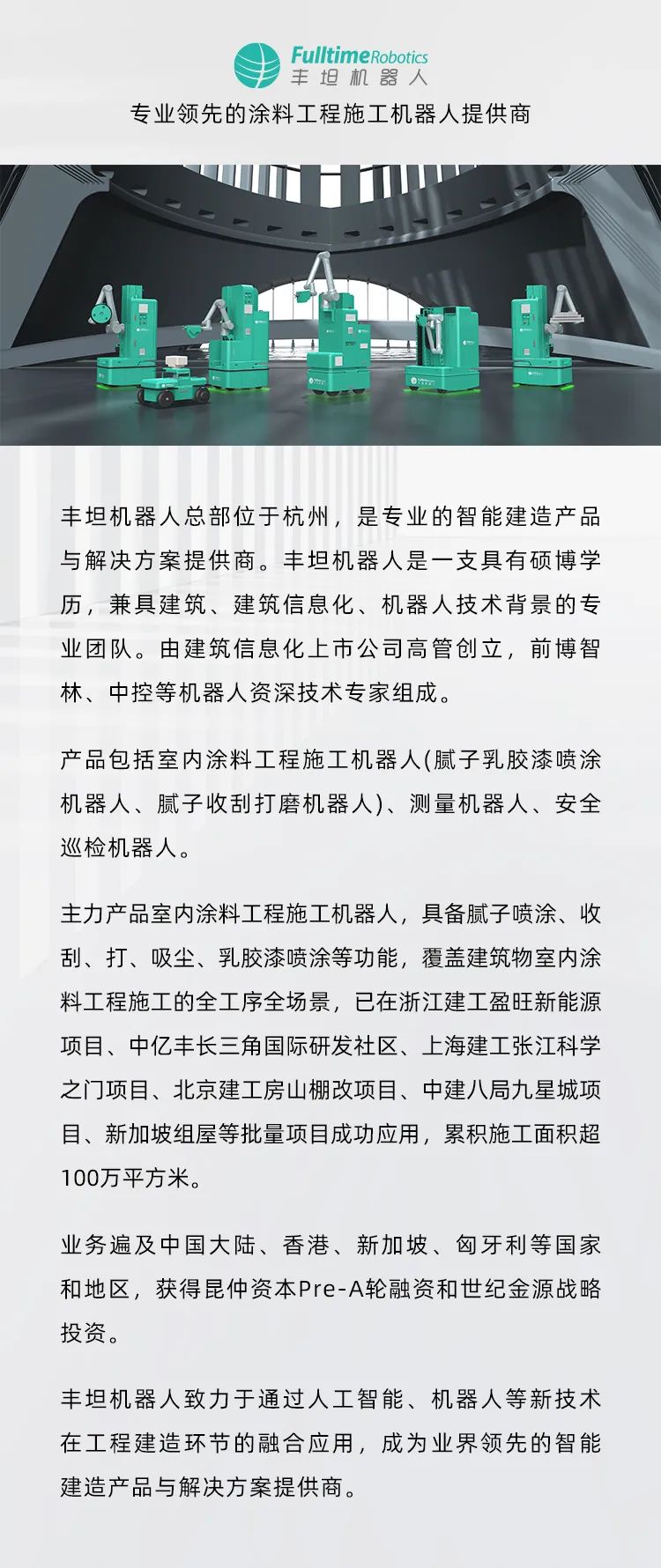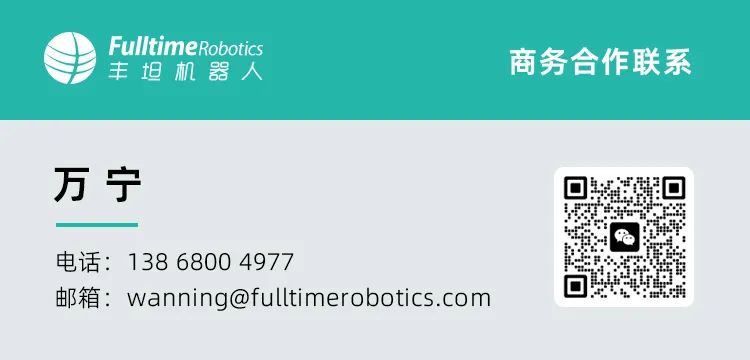



The 2025 World Robot Conference opened in Yizhuang, Beijing on the morning of August 8. Leaders such as Yin Li, a member of the Political Bureau of the Central Committee and Secretary of the Beijing Municipal Party Committee, Wan Gang, President of the China Association for Science and Technology, Li Lecheng, Secretary of the Party Leadership Group and Minister of the Ministry of Industry and Information Technology, Yin Yong, Deputy Secretary of the Beijing Municipal Party Committee and Mayor of Beijing, Xu Xiaolan, a member of the Standing Committee of the National Committee of the Chinese People's Political Consultative Conference, Vice-Chairman of the Central Committee of the China Zhi Gong Party, Vice-Chairman of the All-China Women's Federation and Chairperson of the China Electronics Society, and Qiao Hong, Chairperson of the World Robot Cooperation Organization, attended the opening ceremony and participated in the launching ceremony.
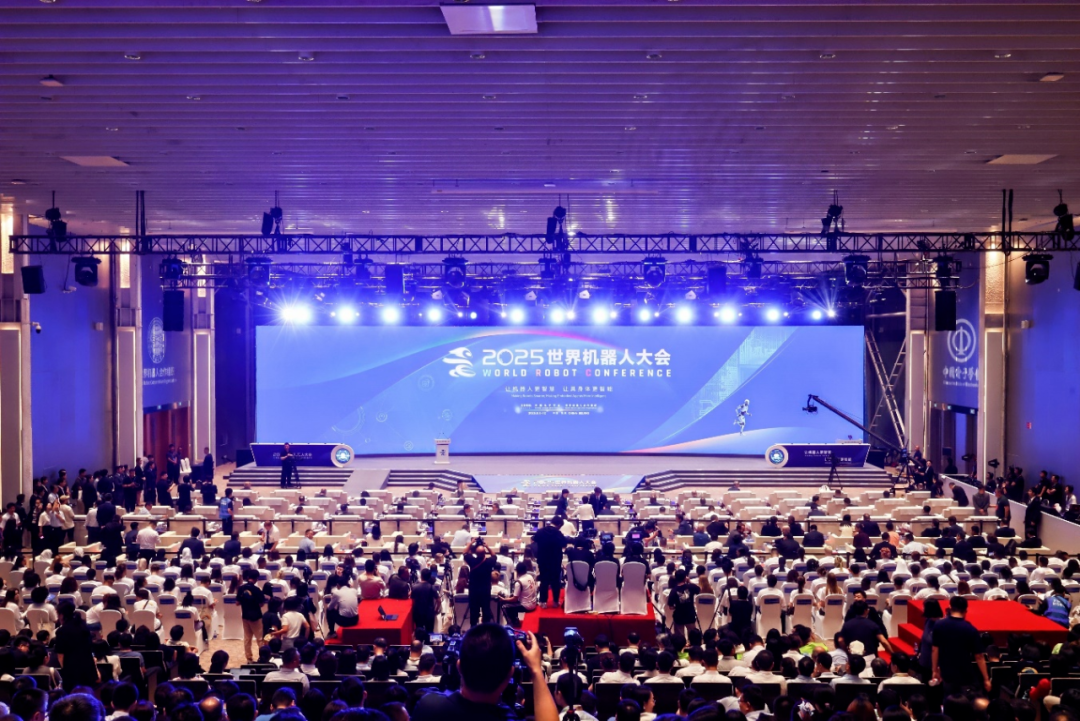
As a core forum of the conference themed "Robot + Construction", the "Exchange Conference on Technological Innovation and Industry Development of Construction Robots", hosted by China Construction Third Engineering Bureau Co., Ltd. and undertaken by China Construction Advanced Technology Research Institute, was successfully held on August 9. Focusing on application scenarios in the construction field, the forum conducted in-depth discussions on the transformation of the construction industry and the development trend of construction robot technology, and shared innovative construction robot products and engineering application practices. Zhang Feng, Chief Engineer of the Science and Technology and Industrialization Development Center of the Ministry of Housing and Urban-Rural Development, attended the conference and delivered a speech.
Li Zike, Founder and CEO of Fontan Robotics, was invited to attend and gave a keynote report entitled "Construction Robots Promoting Systematic Transformation of the Industry". He shared Fontan's technological exploration and practical experience in the field of construction robots, and systematically expounded on the industry reshaping value, application logic and future direction of construction robots.

With the iteration of technology and the in-depth application of construction robots, the industry is ushering in a systematic transformation. Li Zike stated that this transformation is concentrated in four core dimensions: optimization of business models, reconstruction of organizational management, innovation of processes and technologies, and upgrading of quality and safety.
In terms of business models, the "general construction contracting - robot labor service" business model improves business efficiency from the source of the industrial chain. Construction management focuses on "robot + human", re-adapting to the optimization of processes and man-machine collaboration, and redefining standards for organizational division of labor and quality control according to the operating characteristics of robots.
Adjustments in organizational management further drive the innovation of processes and technologies, prompting the reconstruction of construction procedures around the needs of man-machine collaboration to form a more efficient operation chain. Ultimately, through the refined and standardized operations of robots, the stability of construction quality is significantly improved, and safety risks are effectively reduced. These four major transformations are progressive and jointly promote the in-depth transformation of the construction industry towards efficiency, collaboration, high quality and safety.
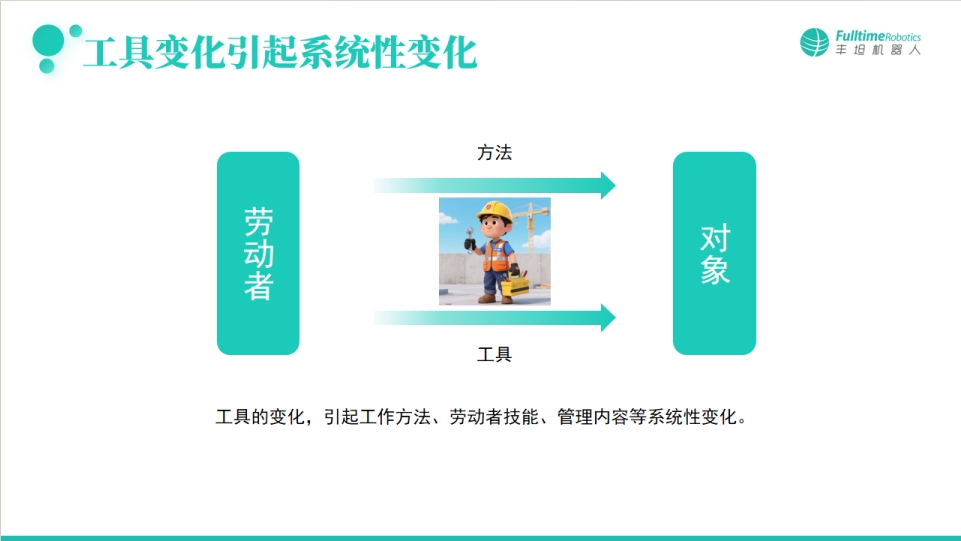
Systematic transformation has injected strong momentum into the industry, but the successful application of construction robots still faces many challenges. In response to this, Li Zike said, "The successful application of construction robots is not a breakthrough in a single link, but the result of the synergistic effect of five core elements: scenarios, tools, organizations, methods, and capabilities."
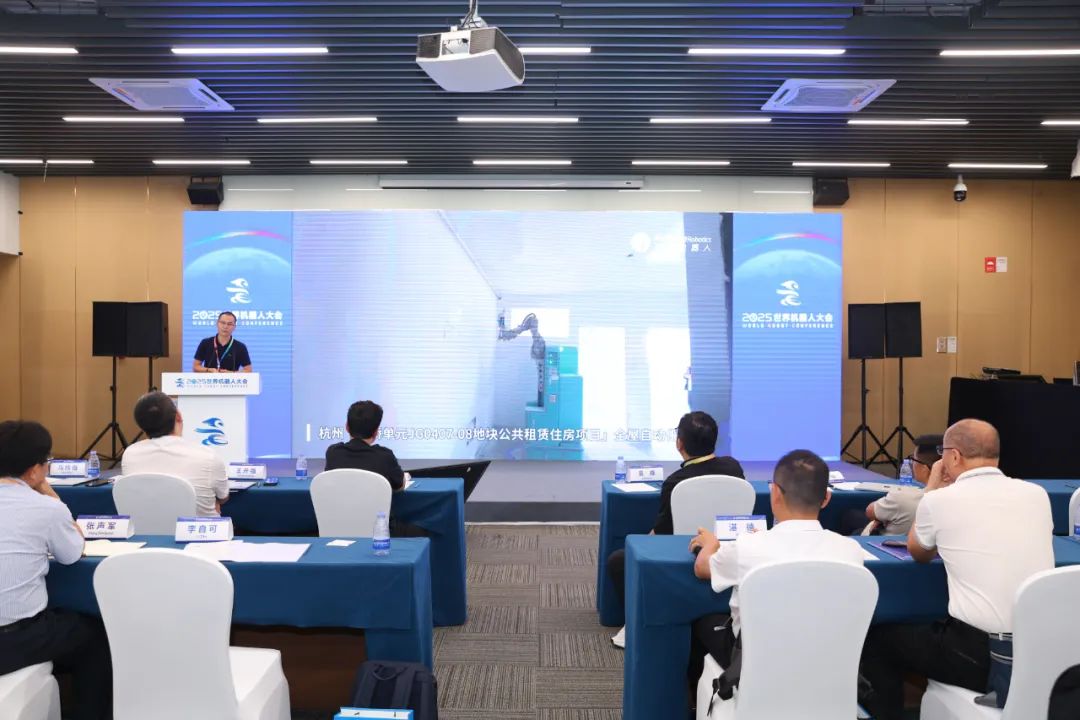
Li Zike believes that among the five core elements, first of all, we must base ourselves on specific construction scenarios, accurately identify the differences in advantages between robots and manual labor, so as to find the right positioning for technology implementation; second, we need to select tool support that adapts to the scenarios, and provide a hardware foundation through complete construction robot products; on this basis, it is necessary to build an organizational structure for human-machine collaboration. For example, in the spraying operation stage, it is necessary to clarify the division of roles such as robot operators, repair masters, and material loading workers, and straighten out management powers and responsibilities; at the same time, optimize processes and technologies around the operating characteristics of robots to form a standardized method system; finally, improve personnel's control and collaboration capabilities through skill training to ensure that tools, organizations, and methods are effectively implemented in practical scenarios. The five elements are interlinked and together form a complete transformation chain for the application value of construction robots.
The 2025 World Robot Conference, with the theme "Making Robots Smarter, Making Embodied Entities More Intelligent", has become a "super hub" for the development of embodied robots by gathering global wisdom and integrating industrial resources, bringing subversive changes to fields such as construction, medical care, and services.
As the only mainland construction robot manufacturer invited to the 2025 World Robot Conference, Fontan Robotics deeply feels its responsibility and mission. In the future, Fontan will continue to focus on the needs of construction scenarios, deepen the research and development of construction robot technologies and products, and through more professional full-chain services, help the construction industry achieve deeper systematic transformation and contribute more innovative forces to the large-scale implementation of construction robots.
